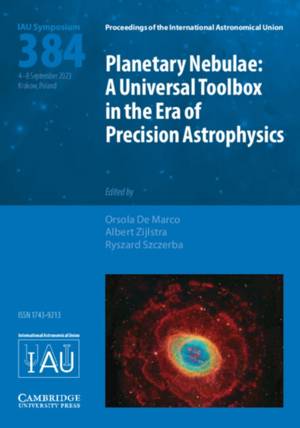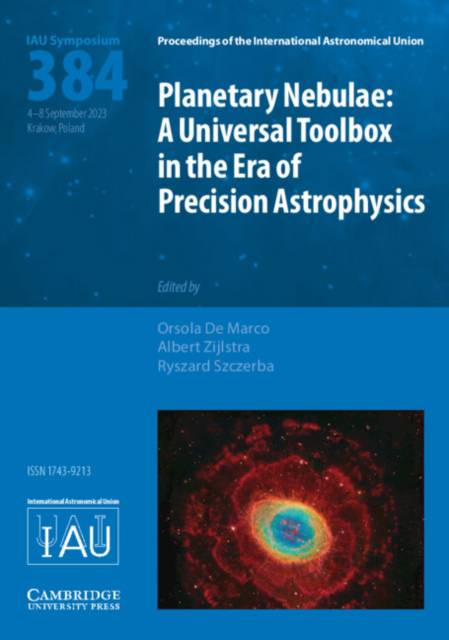
- Afhalen na 1 uur in een winkel met voorraad
- Gratis thuislevering in België vanaf € 30
- Ruim aanbod met 7 miljoen producten
- Afhalen na 1 uur in een winkel met voorraad
- Gratis thuislevering in België vanaf € 30
- Ruim aanbod met 7 miljoen producten
Zoeken
Planetary Nebulae (Iau S384)
A Universal Toolbox in the Era of Precision Astrophysics
€ 132,45
+ 264 punten
Omschrijving
Planetary nebulae are generated when the outer layers of intermediate-mass stars are ejected during the second giant expansion after core helium burning has ceased. The star, ultimately destined to becoming a white dwarf, ionises the ejecta revealing intricate nebular shapes. Over the years, the initial awe inspired by these beautiful displays has turned into the realisation of the vast number of astrophysical questions that can be tackled using planetary nebulae. This volume collects a series of contributions to IAU Symposium 384, which show the breadth of problems that can be addressed with these objects: from the dynamical and chemical evolutions of galaxies and clusters, to the evolution of stars, to binary interactions, and to the exploration of the chemistry of life. Researchers from many astronomical fields can discover how observational tools from planetary nebulae can be applied to inform and benefit their own work.
Specificaties
Betrokkenen
- Uitgeverij:
Inhoud
- Aantal bladzijden:
- 400
- Taal:
- Engels
- Reeks:
Eigenschappen
- Productcode (EAN):
- 9781009399326
- Verschijningsdatum:
- 8/01/2026
- Uitvoering:
- Hardcover
- Formaat:
- Genaaid
- Afmetingen:
- 255 mm x 179 mm
- Gewicht:
- 910 g

Alleen bij Standaard Boekhandel
+ 264 punten op je klantenkaart van Standaard Boekhandel
Beoordelingen
We publiceren alleen reviews die voldoen aan de voorwaarden voor reviews. Bekijk onze voorwaarden voor reviews.







